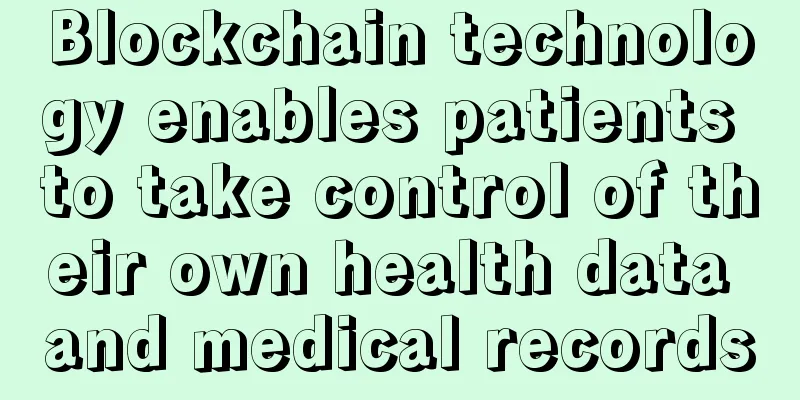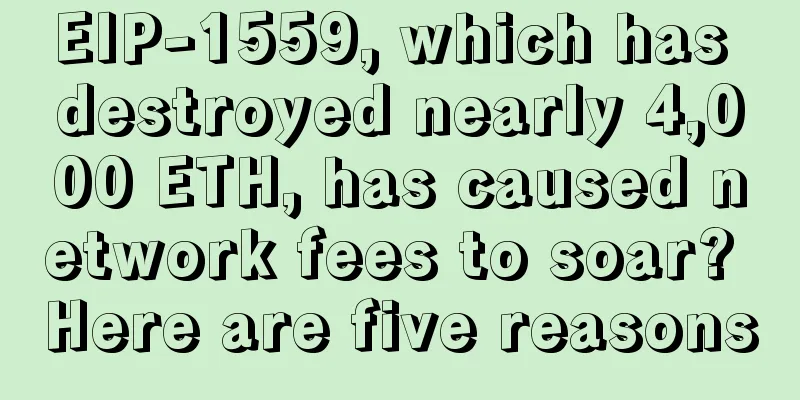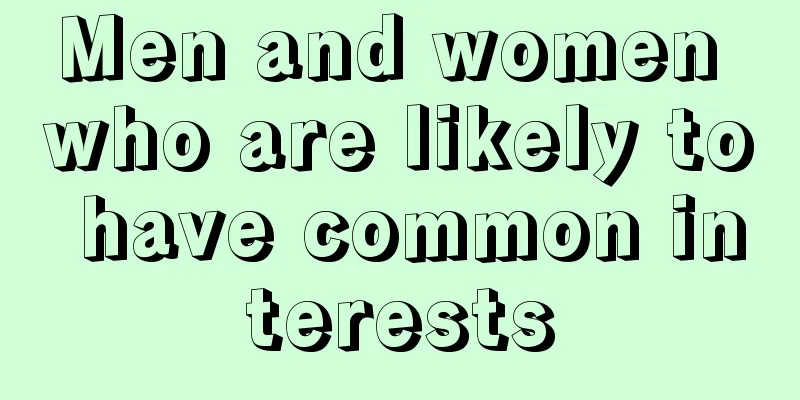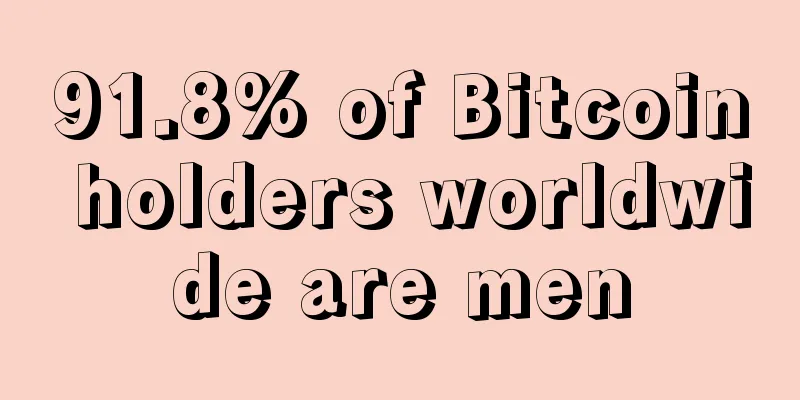Blockchain technology enables patients to take control of their own health data and medical records

|
The rapid development of blockchain technology can bring benefits to social life in many aspects, such as population health, medical records and patient data. However, the financial services industry was the first to start using blockchain technology. The financial services industry has explored the application potential of blockchain technology from three aspects:
The medical industry was relatively late in adopting blockchain technology, but it did not miss the opportunity to apply blockchain. Blockchain technology is changing the global medical industry and gradually integrating into this new field. Population Health ManagementThe advent of blockchain technology makes it clear that health information exchanges (HIEs) and all-person population databases (APCDs) are no longer up to date. It no longer makes sense to verify the credibility of members through organizations, because with blockchain technology, these organizations are no longer needed. Eliminating these old intermediary organizations can increase data security and save costs, time and resources. New models for sharing medical records are emerging. In 2007, the Estonian government partnered with Guardtime, a leading cybersecurity company using blockchain keyless signature infrastructure, to provide large-scale identity verification. At the time, their collaboration was to verify data integrity on a global scale. Estonia is one of the few countries where 100% of citizens' medical records are online. It is no longer wise to spend time and resources to verify the trustworthiness of members. Trusted blockchain will enable population health to leapfrog. Blockchain technology can directly connect clinical and financial information, eliminating the need for continuous access to patient medical records. Overall, population health has become smarter. Patient health data and wearable devicesPatient health data has enormous potential for use, but unfortunately its value is not currently demonstrated, mainly because the data is never used by patients. Wearable technology is exciting and becoming a part of everyday conversation. The value proposition of wearable technology is integration with medical records. FHIR APIs (Fast Health Interoperability Resources APIs) will not become mainstream in 2016 because they are needed to connect patients to their EHRs. Also, the major EHR vendors will not publish complete FHIR profiles to share with software companies. At the 2011 World Economic Forum, personal data has been declared a new asset class. Healthbank, based in Switzerland, is a global digital health innovation company that takes a completely transparent approach to the medical system, a new way of sharing data, and blockchain technology to ensure the security of personal data. Healthbank's slogan is "My data, my choice, my Healthbank". Healthbank's blockchain application allows individuals and patients to take control of their own information. Doctor visits, sleep patterns, heart rate, blood sugar levels and other IoT devices can all be surveyed and then recorded on healthbank's blockchain. This innovative blockchain company has participated in various conferences and promoted their technology to various countries. Germany's Noser Medical and Switzerland's Netcetera have recently joined Healthbank to cooperate in the development of the company's global health data processing platform. If patient data generated from wearable devices to doctors and clinical visits can be in the hands of patients, the medical industry will see a huge change. True trust is too difficult for the economy and society. Instead, secure "cloud" technology is more reliable in storing personal information. At the same time, blockchain technology can also quickly and securely verify access to medical information. All leaders with innovative thinking should have seen the changes taking place in the medical industry. The advent of blockchain technology is evolving the patient experience. Original article: http://www.cio.com/article/3042603/innovation/blockchain-applications-for-healthcare.html |
>>: Europe launches first blockchain-based virtual investment game
Recommend
What foot shape is lucky?
A person’s destiny can be seen from his face, and...
Does a long career line mean a prosperous career?
Does a long career line mean a prosperous career?...
Indelible traces - 78 days of US election traced back on Filecoin
Recently, the Starling Data Integrity Framework r...
What does a woman with big front teeth mean?
Although big front teeth do not look very beautif...
Where are peach blossom moles located on women? Introduction to Peach Blossom Mole in Women
Every mole has its own meaning. Some moles have g...
The first digital currency case trial attracted attention from the investment circle
Bitcoin attracts attention from speculators Bitco...
What are the eyebrow shapes that bring prosperity?
What are the eyebrow shapes that bring prosperity...
Ethereum "fork" mystery
Consensus is not just about reaching an agreement...
What does the forked career line mean in palmistry?
The career line is also known as the jade pillar ...
It's not easy to make money from Bitcoin. 5,800 "mining machines" cost 6,720 yuan a day in electricity bills
As the "leader" in the current virtual ...
What does it mean to have moles around the mouth?
Moles on the face will affect people's destin...
Did you know that a bad nose can really affect your fortune?
flat nose A collapsed nose means that the bridge ...
The face of a woman who will bring bad luck to her husband
The face of a woman who will bring bad luck to he...
What kind of face is good for a man?
A man's destiny in life can be seen from his ...
Nebraska lawmaker introduces bill to allow state banks to store cryptocurrencies
U.S. Senator Mike Flood of Nebraska has introduce...









